Innovation and large instruments
Today, more than 7% of Grenoble inhabitants work within the R&D sector, and nearly half of all jobs are in related sectors, such as micro- and nanotechnologies (20,000 jobs), information and communication technologies (20,000 jobs) and energy (12,000 jobs).
Grenoble is home to 5 large international research infrastructures (ESRF, ILL, EMBL, GHMLF, IRAM), attracting more than 8,000 visiting researchers yearly from all over the world, and creating important economic benefits.
ESRF, European Synchrotron Radiation Facility
Based in Grenoble’s Scientific Polygon since 1994, close to ILL and EMBL, it is one of the four largest synchrotron currently active in the world.
ILL, Institut Laue-Langevin
Based in Grenoble’s Scientific Polygon since 1966, close to ESRF and EMBL, it is a 58MW high flux reactor, one of the most intense neutron sources in the world; it is used yearly by 1,500 researchers from more than 40 countries.
IRAM, Institute for Millimeter Radio Astronomy
- The result of a collaboration between Germany, France and Spain
- Studies may help understand the components of the universe
- Large radio astronomy instruments
EMBL, European Molecular Biology Laboratory
Created in 1974 within a European network of 5 locations in Germany, Italy, the United Kingdom and France, EMBL is based in Grenoble’s Scientific Polygon since 1974, and interacts closely with ILL and ESRF.
EMFL, European Magnetic Field Laboratory
The Laboratoire National des Champs Magnétiques Intenses or EMFL is a CNRS laboratory. Researchers from around the world come to the laboratory to lead experiments in a very intense magnetic field – continuous in Grenoble and pulsed in Toulouse. EMFL provides intense continuous magnetic fields of up to 35 Tesla. Published on January 22, 2020
Updated on June 1, 2022
Updated on June 1, 2022

